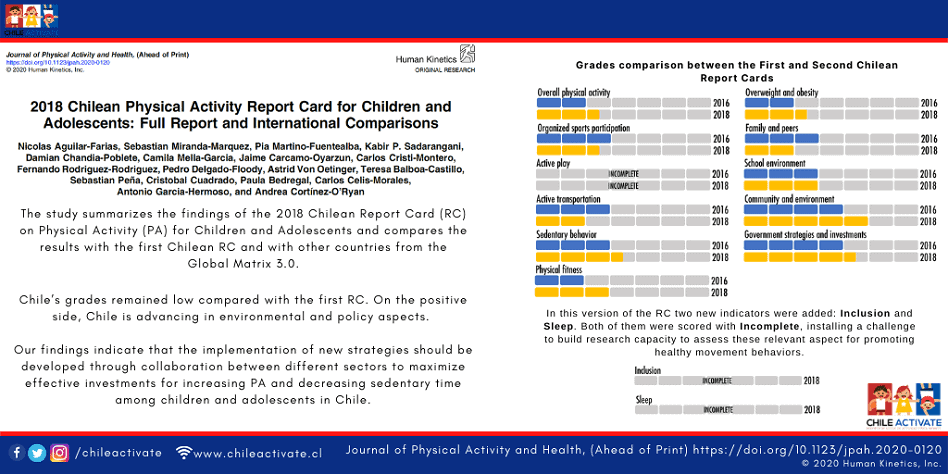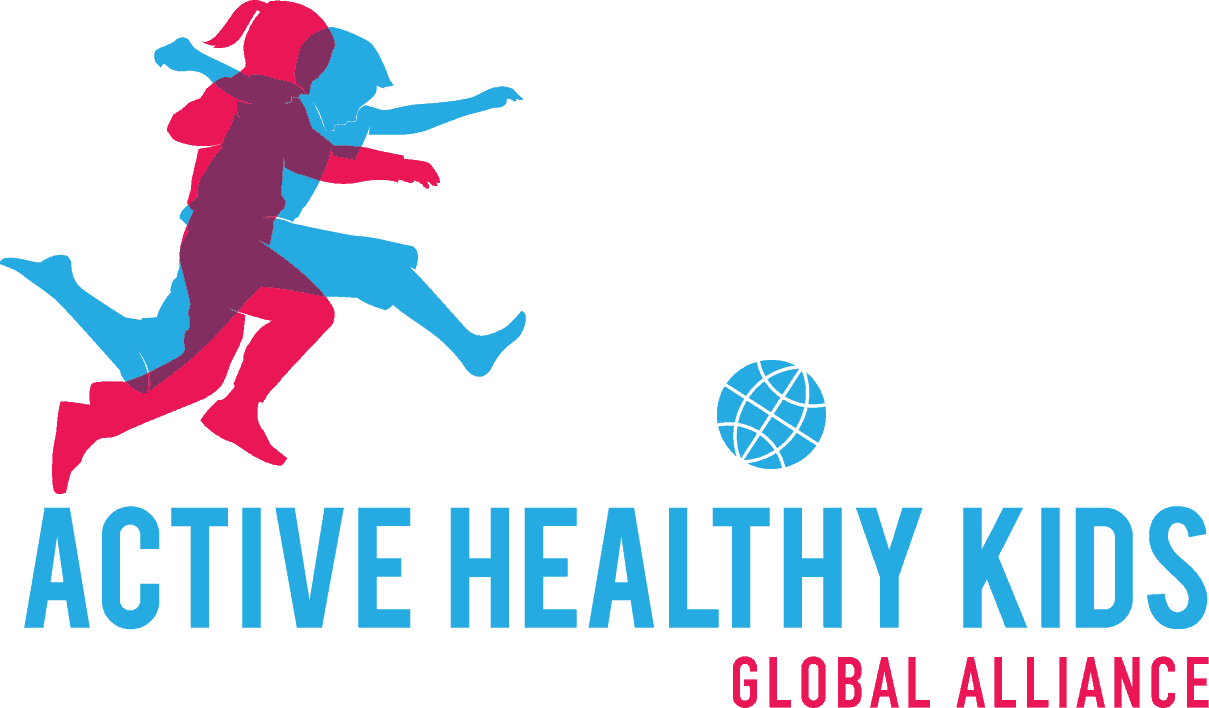
16 Jul 2018 Chilean Physical Activity Report Card for Children and Adolescents: Full Report and International Comparisons
A paper titled “2018 Chilean Physical Activity Report Card for Children and Adolescents: Full Report and International Comparisons” was just published in the Journal of Physical Activity and Health. Citation details and a summary of the paper are below.
Congratulations, team Chile!
Aguilar-Farias, N., Miranda-Marquez, S., Martino-Fuentealba, P., Sadarangani, K. P., Chandia-Poblete, D., Mella-Garcia, C., Carcamo-Oyarzun, J., Cristi-Montero, C., Rodriguez-Rodriguez, F., Delgado-Floody, P., Von Oetinger, A., Balboa-Castillo, T., Peña, S., Cuadrado, C., Bedregal, P., Celis-Morales, C., Garcia-Hermoso, A., & Cortínez-O’Ryan, A. (2020). 2018 Chilean Physical Activity Report Card for Children and Adolescents: Full Report and International Comparisons, Journal of Physical Activity and Health, 17(8), 807-815.
Abstract
Background: The study summarizes the findings of the 2018 Chilean Report Card (RC) on Physical Activity (PA) for Children and Adolescents and compares the results with the first Chilean RC and with other countries from the Global Matrix 3.0. Methods: A Research Work Group using a standardized methodology from the Global Matrix 3.0 awarded grades for 13 PA-related indicators based on the percentage of compliance for defined benchmarks. Different public data sets, government reports, and papers informed the indicators. Results: The grades assigned were for (1) “behaviors that contribute to overall PA levels”: overall PA, D−; organized sport participation, D−; active play, INC; and active transportation, F; (2) “factors associated with cardiometabolic risk”: sedentary behavior, C−; overweight and obesity, F; fitness, D; sleep, INC; and (3) “factors that influence PA”: family and peers, F; school, D; inclusion, INC; community and built environment, B; government strategies and investments, B−. Conclusions: Chile’s grades remained low compared with the first RC. On the positive side, Chile is advancing in environmental and policy aspects. Our findings indicate that the implementation of new strategies should be developed through collaboration between different sectors to maximize effective investments for increasing PA and decreasing sedentary time among children and adolescents in Chile.
Click here to read the full paper for free.


